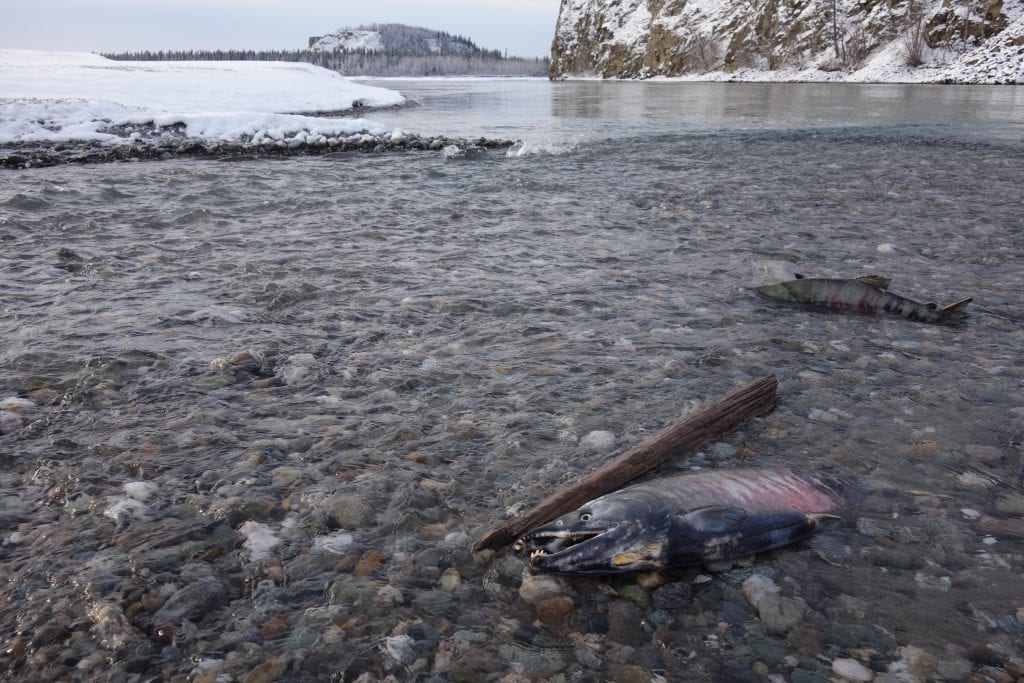
Indigenous governments in Southeast Alaska and Washington, with First Nations in British Columbia, have declared a salmon emergency and are calling for representation in all government decisions impacting their territories.
“We know there are things going on in the ocean,” said Rob Sanderson Jr. chairman of the Southeast Alaska Indigenous Transboundary Commission.
“Our fish are just not there. The size of the salmon are a lot smaller,” he said on Oct. 14, in the wake of a statement issued earlier by SEITC in support of the Lummi Nation in Washington state, and residents of Alaska, Washington state and Idaho living along transboundary waterways shared with British Columbia.
“It always seems when something happens to the environment that the tribes take the lead,” said Sanderson, who is also 4th vice president of the Central Council of Tlingit & Haida Indian Tribes of Alaska. “It’s always the tribes working on this. It would be helpful if we could get more people involved to help us fight this fight.”
The indigenous governments have pledged to continue working together to assert their human rights by protecting clean water and the habitat of wild salmon stocks that they depend on for sustenance. To that end they are forming an international subcommittee so that tribes and First Nations representatives can come together and act on their shared concerns.
“We have lived in balance with this land through many changes and have learned many lessons on how to protect the fish and water, lessons to which the world should pay attention,” Sanderson said earlier, in a joint statement emerged from a meeting on Lummi Nation lands in Ferndale, Wash. on Oct. 10, after a meeting organized by SEITC.
The group said that human activities have decimated the salmon populations that sustain their communities. The watersheds cross the U.S. and Canadian international border, a border not acknowledged by the First Peoples of the land, and neither the U.S. or Canada has addressed these issues, so indigenous people have come together to act on their shared concerns and use their collective ancestral knowledge, they said.
Other representatives of tribes and First Nations also commented via the joint statement.
“We as human beings have to stand together to ensure we have clean waters and sustainability,” said John Ridsdale, Chief Na’Moks of the Wet’suwet’en Nation. “We as indigenous peoples have a duty to protect what sustains all people as we have done for thousands of years.”
The unified group will work through the coming year so that at the next annual meeting they can say “we honored all our people, those who were and those yet to come when it is their time,” said Ray Sensmeier of the Yakutat Tlingit Tribe.
This respectful dialogue will lead to healthier, more predictable outcomes,” said Shawaan Jackson-Gamble, Emerging Leader of the Central Council.
“We as Indigenous people know how to do this, local decision-making is the key,” said Loretta Williams, chair of First Nations Women Advocating for Responsible Mining. “Both countries must recognize and implement our rights under the United Nations Declaration on the Rights of Indigenous Peoples and honor free, prior and informed consent.”





